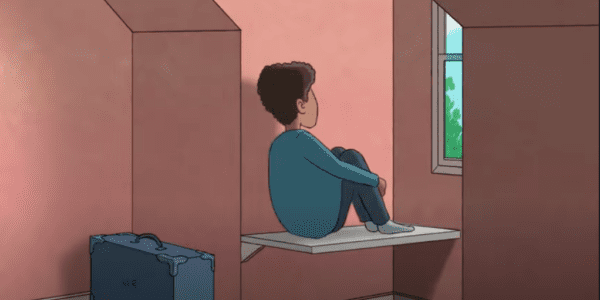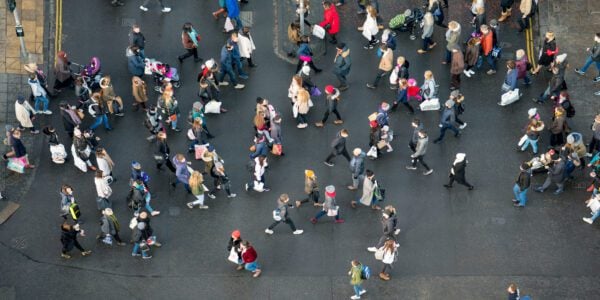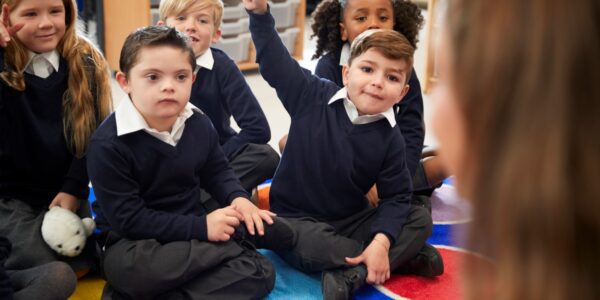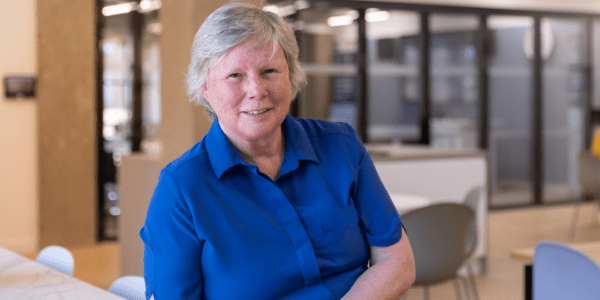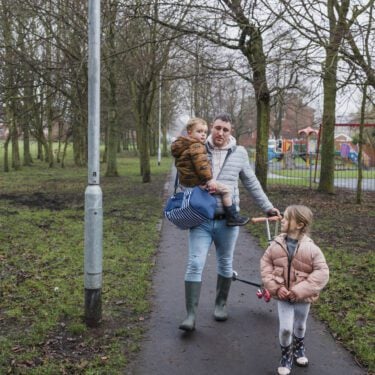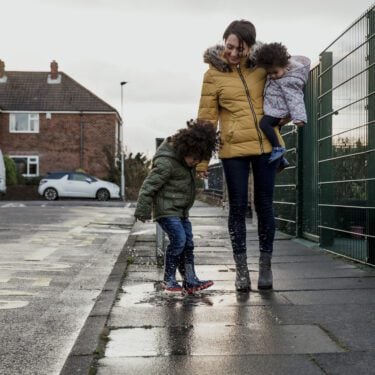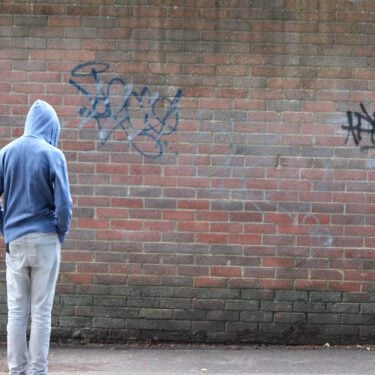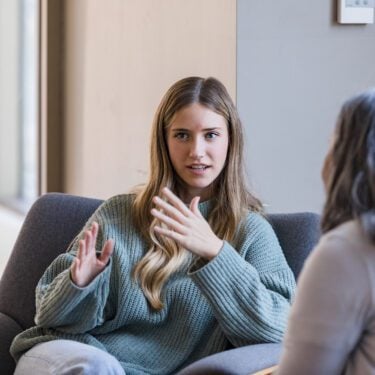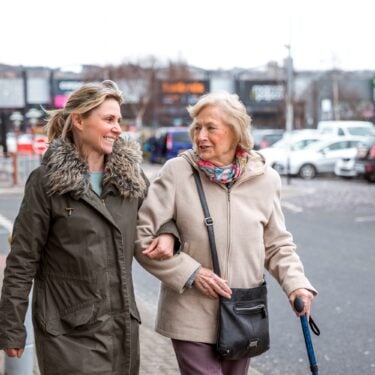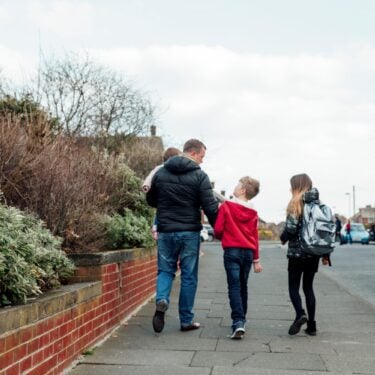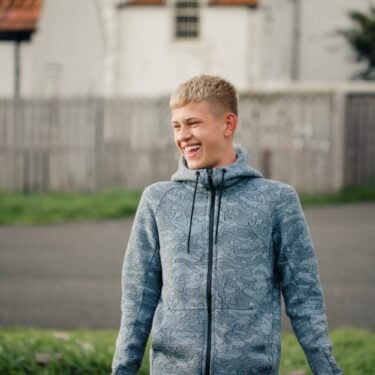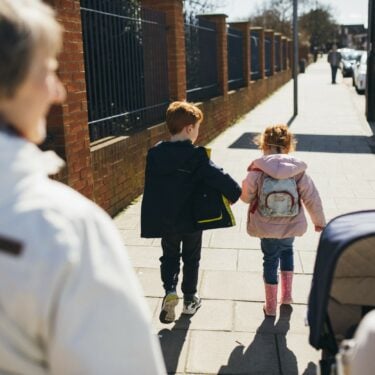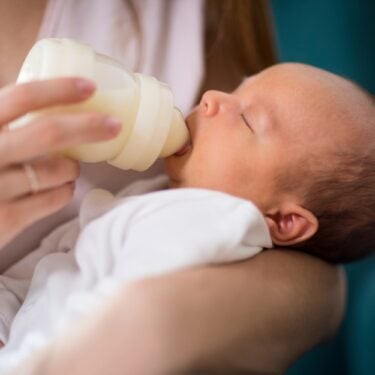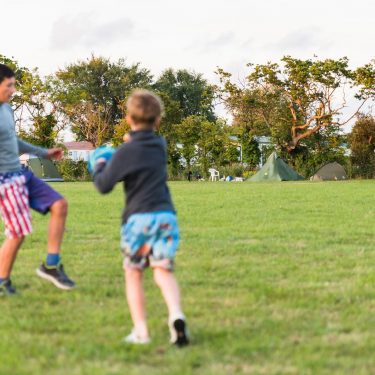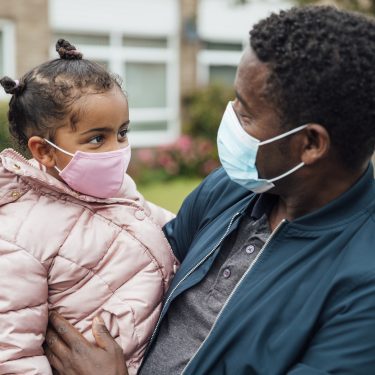
06/06/11
4 min read
Despite some improvements to policy and practice for young witnesses in criminal proceedings, there remain areas in which the state is failing in its commitment to enable them to give their best evidence, according to a new report published today by the Nuffield Foundation and the NSPCC.
Children’s evidence is becoming an increasingly important part of criminal proceedings. Between 2006/7 and 2008/9 there was an increase of 60 per cent (30,000 to 48,000) in the number of children called to give evidence. Some are very young. In a 14 month period, 8% of children assessed by a Registered Intermediary were aged five or under. The number who actually gave evidence is unknown, as this data is not collected.
The new report is a follow-up to Measuring up?, published in 2009, which examined the experience of 182 young witnesses and made 42 recommendations for improvement.
In response to the recommendations, the Ministry of Justice drew up an Action Plan. Since then, there has been a change of government and the announcement of dramatic budget cuts. Some favourable early responses to the recommendations have been qualified or halted and the Coalition Government’s position in respect of witness policy and its response to some Measuring up? proposals is not yet known.
The report’s authors, Joyce Plotnikoff and Richard Woolfson, identify the progress that has been made in the last two years and highlight where further action is required. The report is based on discussions at two seminars hosted by the Nuffield Foundation and a review of current criminal justice business plans and ‘Big Society’ policy pronouncements.
One of the biggest challenges remains questioning children in a developmentally appropriate way. Current cross-examination methods often contravene principles for obtaining complete and accurate reports from children and may actually exploit their developmental limitations. Enabling young witnesses to give their best evidence is essential to ensure fair trial outcomes, but it has to be done in a way that recognises they are children, not adults.
Changes made as a result of the Measuring up? recommendations include:
- All witnesses under 18 will automatically be entitled to special measures designed to protect vulnerable witnesses (as per provisions in the Coroners and Justice Act 2009 to be implemented later this year).
- National Standards set out in Achieving Best Evidence in Criminal Proceedings (ABE) have been revised to include safeguarding and other standards required of those who support young witnesses.
- The Crown Prosecution Service (CPS) and Police Victim and Witness Care Delivery Unit has reviewed and updated its guidance relating to witness care officer training and distributed a young witness checklist and a Witness Care Manual of Guidance to all witness care units. A National Vocational Qualification in Witness Care is being piloted.
- HM Court and Tribunals Service (HMCTS) has undertaken an audit of its court technology and has purchased more than 180 new screens.
- The Association of Chief Police Officers (ACPO) has taken action to raise awareness of the intermediary special measure. Intermediaries are trained professionals who facilitate communication with vulnerable witnesses in police interviews and when giving evidence in court.
- The Judicial College (formerly Judicial Studies Board) has incorporated the report’s findings about children’s communication difficulties in its training and guidance for judges. The guidance also encourages the judiciary to set ground rules for questioning young witnesses.
- The NSPCC and Nuffield Foundation have published Good practice guidance in managing young witness cases and questioning children, which provides clear guidance for the judiciary, law practitioners and others.
- ACPO has developed training modules for probationary officers and computer based training for other officers to try and improve the response to young witnesses reporting intimidation.
Challenges remaining include:
- One of the biggest remaining challenges is how to ensure developmentally appropriate questioning of young witnesses at court. While Registered Intermediary appointments have increased, concern remains about uneven use around England and Wales, particularly in light of cuts to local CPS and police budgets.
- Current cross-examination methods often contravene principles for obtaining complete and accurate reports from children and may actually exploit their developmental limitations. Judges are not agreeing ground rules in advance about how children should be questioned.
- The Advocacy Training Council working group identified ‘a clear and pressing need’ for training at all levels in its Raising the Bar guidance published in April 2011. In response, The Criminal Bar Association plans to develop a DVD in conjunction with the NSPCC, to illustrate good practice when children are questioned, particularly the change of approach to putting the defence case signalled by the Court of Appeal in R v Barker (2010).
- Consideration should be given to development of an appropriate procedure for complaining to professional bodies about developmentally inappropriate questioning where this persists following repeated judicial intervention.
- Information about a particular child’s development and communication skills should be provided by the party calling them as a witness, and this should be requested by the court if it is not supplied.
- Delay in taking young witness evidence at trial remains a chronic problem. There is growing judicial support to implement the provision in the Criminal Evidence Act 1999 for pre-trial cross-examination.
- The previous government did not accept our recommendation that statistics relating to young witnesses should be collected and published. Without this information, which should include the number of young witnesses who give evidence and the time their cases take to reach disposition, we believe it will be impossible to resource young witness services appropriately.
- Cases involving young witnesses take longer to reach trial than the norm. The best way to address this is to set early and fixed court dates and avoid adjournments. Collecting statistics about young witness cases would make it possible to track progress in reducing delay.
- Reasons justifying a remote link can now be recorded on the special measures application form. However, discussions at criminal justice conferences in 2010 and early 2011 indicate that its use remains rare and is routine in only one part of the country (Devon and Cornwall, where three NSPCC offices are equipped).
- The security and comfort of young witnesses at court still need improvement. For example, the HMCTS audit indicated that nationally only 53 per cent of live link rooms had sufficient soundproofing to prevent those outside from hearing witness testimony.
- Seven victim support schemes received some seed funding to launch a young witness service in 2010. However, around the country only a small proportion of young witnesses receive assistance from a specialist scheme and a few longstanding schemes have been discontinued since Measuring up? was published.
- The pop-up courtroom (particularly valuable with younger witnesses) and the DVD which were part of the Young Witness Pack have been discontinued due to cost. The Ministry of Justice initially accepted a recommendation to update the 1998 handbook for child witness supporters (also part of the Pack), but this is not being taken forward due to cost.


